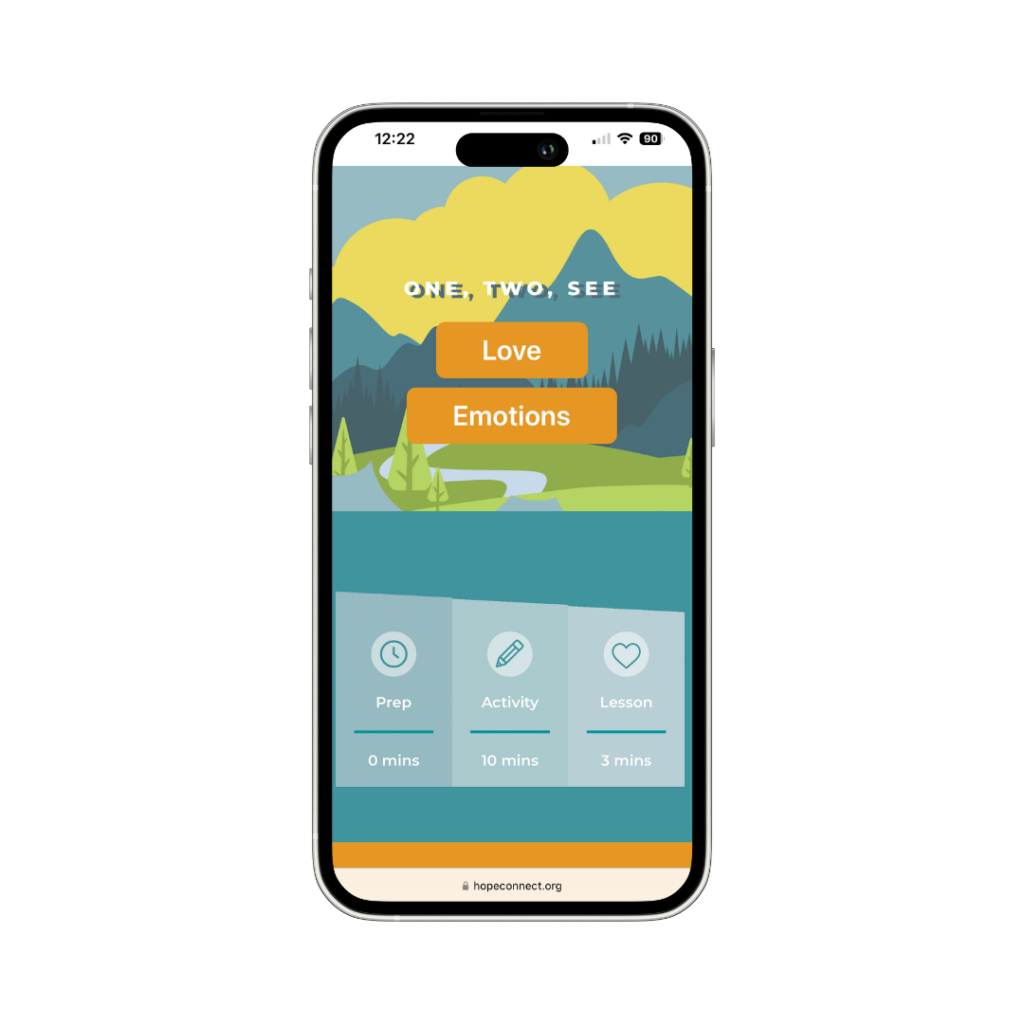Every one of our children is unique – each one brings their own personality, strengths, and learning style into the classroom.
Because of these differences, it’s important to recognize that children learn best in different ways. These preferred methods of learning are known as modalities of learning and understanding them can be the key to helping your child succeed.
Read on to learn about the three modalities of learning and how understanding your child’s learning style can help them thrive in school and beyond.
This is the fourth article in our Back to School Collection, a six-part series designed to equip you with the skills and strategies you need to start this fall semester off on the right foot. See our previous articles here:
- Back To School: How Does Your Child Learn Best?
3 Modalities of Learning
The three modalities of learning are auditory, visual and kinesthetic. Here’s a brief explanation of each, as mentioned in The Way We Learn, by Cynthia Ulrich Tobias:
- Auditory learners learn best by listening to verbal instructions and repeating what they hear.
- Visual learners learn best by seeing, watching or using strong visual associations.
- Kinesthetic learners learn best by physically doing what they’re learning.
Often, it’s easy for parents to tell which learning style their child has because they gravitate toward it naturally. However, if you need some additional help determining your child’s learning style, here is some additional information about each learner.
Auditory
Auditory learners often:
- Listen to themselves say something in order to memorize it.
- Talk to themselves or read aloud to process information.
- Memorize facts and information to songs.
Visual
Visual learners often:
- Picture in their mind what they are learning.
- Associate images with new class material.
- Use colored folders to organize assignments.
Kinesthetic
Kinesthetic learners often:
- Are in constant states of motion.
- Move in order to remember new information.
- Pace or fidget when learning.
KEY TAKEAWAY
By understanding your child’s modality of learning, you can be a stronger advocate for them inside and outside the classroom. Additionally, you can help your child learn more effectively by educating them about their learning style so they can create study routines that help them. If you need help identifying your child’s modality of learning, ask God to reveal this to you.
If you need wisdom, ask our generous God, and he will give it to you. He will not rebuke you for asking. ~James 1:5 (NLT)
APPLICATION
God made each of us specifically, and as the true Teacher, He speaks to us in a way we will understand best. Help your child activate their senses and notice God in the everyday by playing “Hear, Here.” This easy game teaches your child to practice their listening skills while also reminding them Jesus is the ultimate listener.
Find this game and more now in the Everyday Moments™ activities collection!




